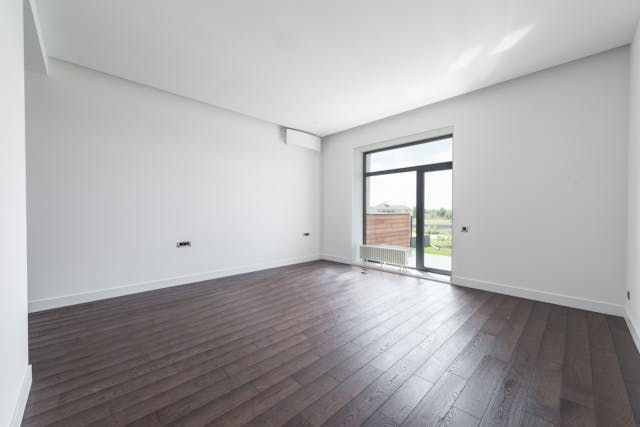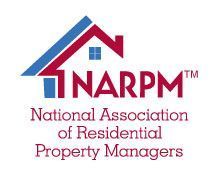Water Damage in Rental Properties: Prevention and Repair
Water Damage in Rental Properties: Prevention and Repair
Preventing water damage in rental properties is essential for maintaining the property's value and safeguarding its structural integrity. Water damage, caused by factors such as leaks, storms, or plumbing issues, can affect both the building's structure and the well-being of its occupants. Proactive measures and timely repairs are crucial for long-term property maintenance.
Below are key considerations regarding water damage in rental properties, including common causes, preventive actions, and effective repair methods:
Common Causes of Water Damage:
Leaking Pipes
Leaking pipes are a common source of water damage in rental properties. Over time, plumbing systems can develop small leaks that may go unnoticed. These leaks can gradually saturate walls, floors, and ceilings, compromising the building’s structure.
Roof Leaks
Roof damage, whether due to age or external factors such as storms, can allow rainwater to penetrate the property. Missing or damaged shingles, loose flashing, or clogged gutters are all potential contributors to roof leaks. Water seeping through the roof can cause extensive damage to ceilings, walls, and even electrical systems.
Appliance Malfunctions
Household appliances like washing machines, dishwashers, and water heaters can cause significant water damage if they malfunction. A burst hose or broken seal can lead to sudden flooding, damaging floors and surrounding areas.
Clogged Gutters
Gutters are essential for directing water away from a property. When gutters become clogged with debris such as leaves, twigs, or dirt, water can overflow and accumulate around the building’s foundation, potentially leading to foundation damage or basement flooding.
Improper Drainage
A poorly designed drainage system can cause water to pool around the foundation, eventually seeping into basements or lower levels of the property. This type of water intrusion can weaken the building’s foundation and lead to long-term structural issues.
Preventive Measures:
Regular Inspections
Conducting regular inspections of key areas prone to water damage is critical for identifying potential issues early. Inspections should cover plumbing, roofing, and any areas where water accumulation is common. Scheduling seasonal inspections ensures that weather-related damage is identified and addressed promptly.
Gutter Maintenance
Regular maintenance of gutters and downspouts is crucial for preventing water buildup around the property. Ensuring gutters are free from debris, particularly in areas with heavy rainfall or trees, is an effective way to safeguard the property.
Seal Windows and Doors
Poorly sealed windows and doors can allow water to enter the property, especially during heavy rain or storms. Property owners should check the seals for cracks or peeling and replace them as necessary. Proper sealing also enhances energy efficiency, making it a cost-effective preventive measure.
Install Water Alarms
Water alarms are an effective tool for detecting leaks early. These alarms can be placed in areas prone to water exposure, such as under sinks, near water heaters, or in laundry rooms. Upon detecting moisture, the alarm sounds, alerting the tenant or property owner to take immediate action.
Improve Drainage Systems
To prevent water from seeping into basements or damaging the foundation, consider installing or upgrading drainage systems, such as sump pumps. Landscaping adjustments, including proper grading, can also improve water flow and prevent water accumulation around the property.
Repairing Water Damage Promptly:
Fix Leaks Immediately
Once water damage is detected, it is essential to address the source of the leak without delay. Delaying repairs can exacerbate the damage, leading to issues like mold growth or structural deterioration.
Dry Affected Areas Quickly
If water damage occurs, promptly utilize fans, dehumidifiers, and proper ventilation to dry the affected areas. Rapid drying reduces the risk of mold and mildew, which can cause health problems and further damage to the property.
Replace Damaged Materials
Water-saturated materials can compromise the structural integrity and promote mold growth. Replacing damaged materials promptly helps maintain the property's condition and prevents potential long-term problems.
Hire Professionals
Hire a professional restoration service for significant water damage. These experts use specialized tools and expertise to assess, repair, and thoroughly dry affected areas, preventing mold and structural issues. While minor repairs can often be managed in-house, severe damage requires professional intervention to avoid long-term complications.
For more information about property management and maintenance, visit Hunter Rentals & Sales, at 1503 W Stan Schlueter Loop, Killeen, TX 76549, United States, or call (254) 634-3311. You can visit www.hunterrentals.com







